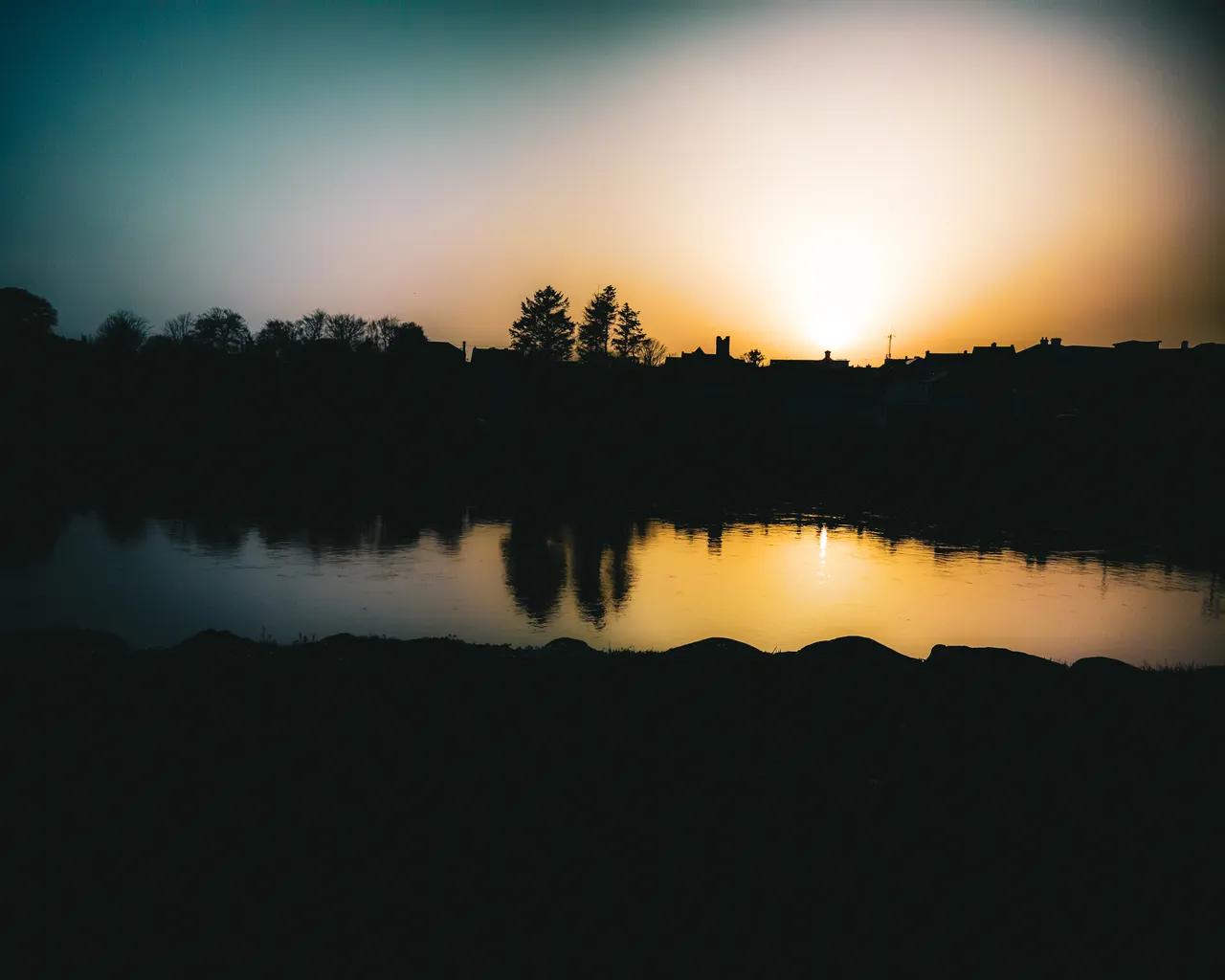Good evening to all my hive friends... I hope you have wonderful day.
Today I was scrolling trough my lightroom and I noticed that I have quite big collection of sunsets in my gallery 🙈
Over the couple of years I colectted around 200 pictures of beautiful sunsets, I deleted a lot of them but I left few nice ones that caught my eye.. Here are some of them






Last year at the end of summer we had amazing few days of sunsets.. As my husband was working late and I didn't have time to run down to beach I quickly took my camera and I took few shots of beautiful colours in the sky.. Effect trough the branches made it more interesting...
Did you know that sunset, also known as sundown, is the daily disappearance of the Sun below the horizon due to Earth's rotation. As viewed from everywhere on Earth (except the North and South poles), the equinox Sun sets due west at the moment of both the Spring and Autumn equinox. As viewed from the Northern Hemisphere, the sun sets to the northwest (or not at all) in the Northern hemisphere's spring and summer, and to the southwest in the autumn and winter; these seasons are reversed for the Southern Hemisphere.




As a ray of white sunlight travels through the atmosphere to an observer, some of the colors are scattered out of the beam by air molecules and airborne particles, changing the final color of the beam the viewer sees. Because the shorter wavelength components, such as blue and green, scatter more strongly, these colors are preferentially removed from the beam. At sunrise and sunset, when the path through the atmosphere is longer, the blue and green components are removed almost completely, leaving the longer wavelength orange and red hues we see at those times. The remaining reddened sunlight can then be scattered by cloud droplets and other relatively large particles to light up the horizon red and orange.The removal of the shorter wavelengths of light is due to Rayleigh scattering by air molecules and particles much smaller than the wavelength of visible light
SOURCE
Did you know
On Mars, the setting Sun appears about two-thirds the size it does from Earth,due to the greater distance between Mars and the Sun. The colors are typically hues of blue, but some Martian sunsets last significantly longer and appear far redder than is typical on Earth.The colors of the Martian sunset differ from those on Earth. Mars has a thin atmosphere, lacking oxygen and nitrogen, so the light scattering is not dominated by a Rayleigh Scattering process. Instead, the air is full of red dust, blown into the atmosphere by high winds, so its sky color is mainly determined by a Mie Scattering process, resulting in more blue hues than an Earth sunset. One study also reported that Martian dust high in the atmosphere can reflect sunlight up to two hours after the Sun has set, casting a diffuse glow across the surface of Mars.
isn't this super interesting..




Which one do you like frome these ones that I selected today..
Show me in the comments your sunsets that you took over the couple of years.
Enjoy the rest of the day day



